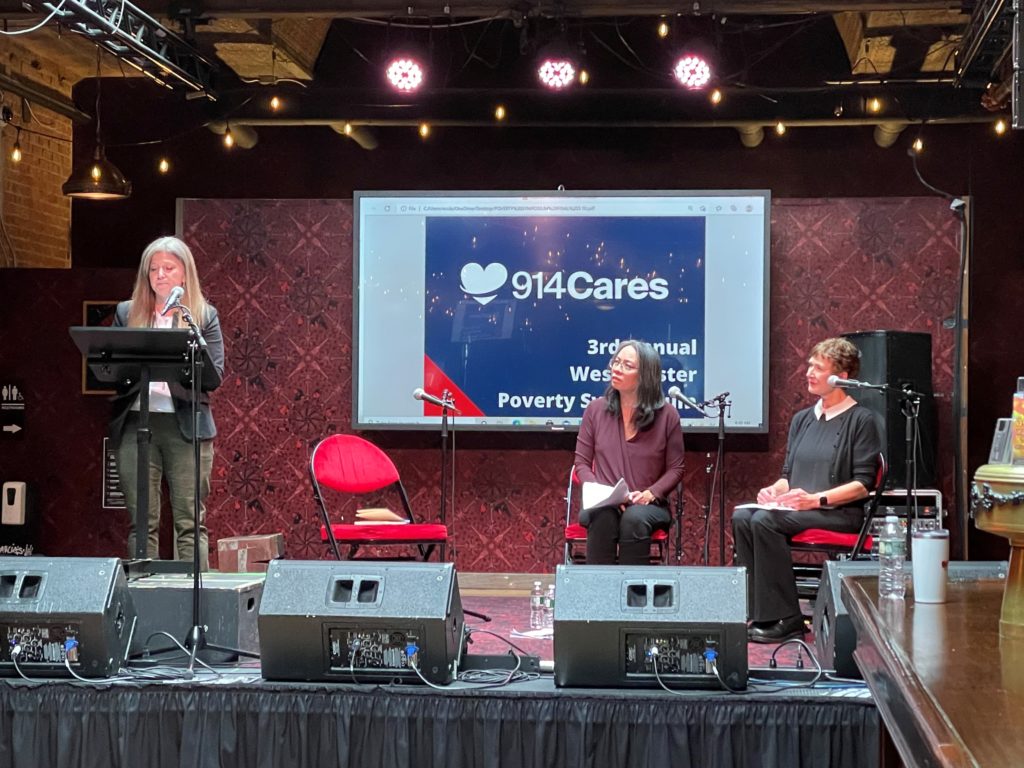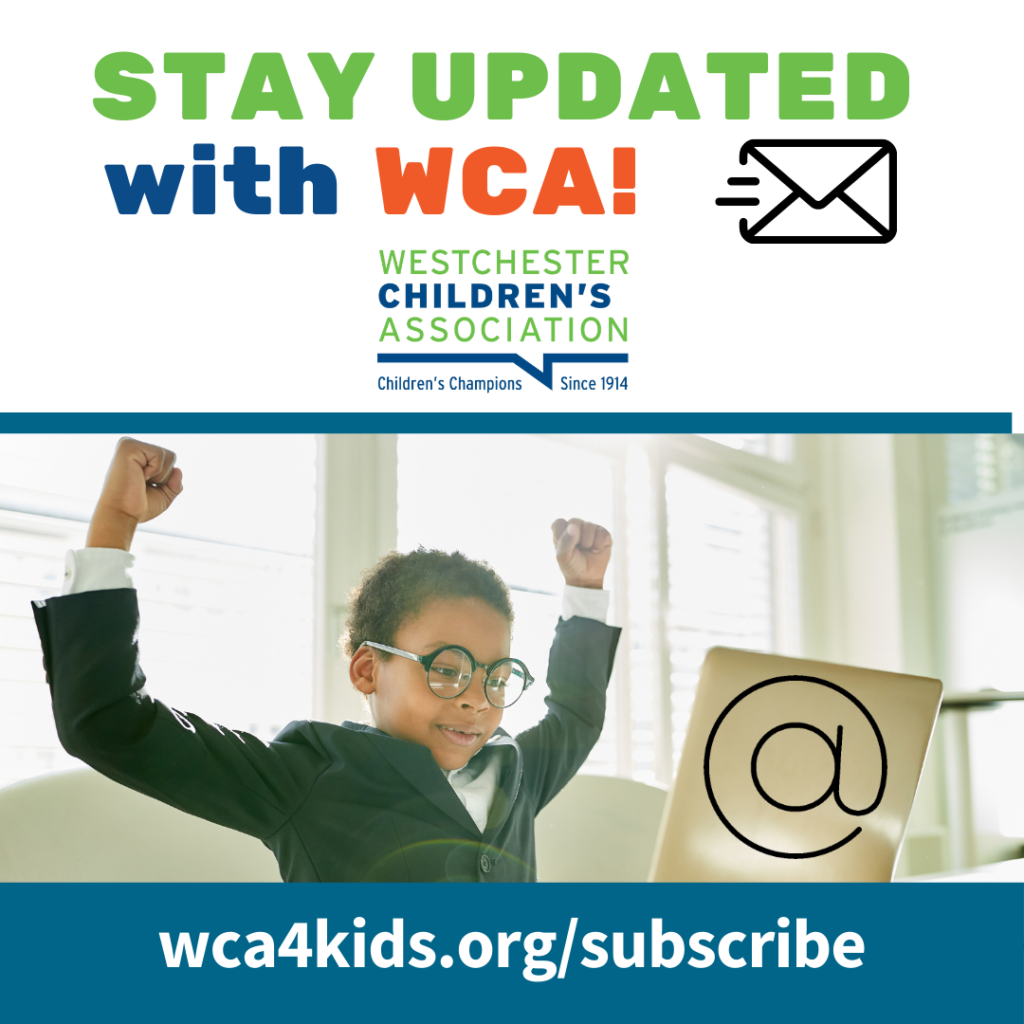914Cares invited Limarie Cabrera, our Director of Data, Operations & Finance, to speak at its 3rd Annual Westchester County Poverty Symposium that was held on March 10th at the Capitol Theatre in Port Chester. At the event, Jessica Reinmann, CEO of 914Cares moderated a conversation with Limarie and Clare Murray, executive director of the Community Center of Northern Westchester. The two of them discussed how the COVID pandemic has and has not changed the landscape of poverty in Westchester County, NY.
You can see a recording of their chat here
“Poverty is normalized trauma. …It can be seen as a condition that is unavoidable, a condition that must be accepted as a way of life,” Limarie said during the conversation between presenters. “One in ten children in Westchester PRIOR to the pandemic was below the poverty line. In one of the richest counties in the nation, in one of the richest countries in the world. I personally think it’s obnoxious.”
Stories shared by Clare Murray from the Community Center illustrated what it was like to live in poverty in Westchester. Clare shared quotes from families who seek support at the Community Center such as…
- “We try to eat just 1 meal a day and no longer have breakfast, as the cost of food and gas and the cost of rent is so high. It is all we can do.”
- “I turn the heat down really low to save money, but not so low that the pipes will freeze.”
- “I work a few days a week and it has been very hard helping my children with school. But I can’t not go to work.”

Limarie provided context and history that has led up to the current state of poverty in our county. “Sixty-eight years after the Supreme Court said that segregated schools were inherently unequal, we are still experiencing racial segregation today when it comes to economic and educational opportunity. … We’ve got neighborhoods in Westchester where the child poverty rate is 68%. If you are Black in Westchester County, you are 3.3 times more likely to be below the poverty line as opposed to someone who is White. If you are Hispanic, it’s not much better at 3.4 times. Jessica, Limarie, and Clare spent the remainder of the conversation talking about how Covid made clear that things that were once considered luxuries are actually essential.
Poverty rates in Westchester connect to so many other issues that WCA is advocating for. Limarie pointed out that overcrowded housing and “doubling up” were especially risky during a pandemic and reminded the audience that WCA will continue to advocate for a more inclusive definition of homelessness to increase access to services and housing for “doubled up” families. She also mentioned WCA’s survey regarding remote learning and current work to get feedback about digital access among a broader scope of families this year. “This pandemic made very clear how absolutely necessary computer access and literacy are for our children’s education and for families’ economic stability.” The public commitment made through the New York State Child Poverty Reduction Act that was signed into law could help New York build policies that build a bridge or safe path for people to cross the chasm from poverty to economic stability. Governor Kathy Hochul signed the act into law last December, and the task force to help New York cut state child poverty rates in half by 2030 is being created.
Other presenters included:
- Seth Diamond, CEO of Westchester Jewish Community Services
- Cynthia Knox, CEO of Caring for the Hungry & Homeless of Peekskill
- Anahaita Kotval from Lifting Up WestchesterKathy Halas, Executive Director of the Child Care Council of Westchester
The collaboration model that connects social causes of poverty to the remediation efforts described by Cynthia Knox of Caring for the Hungry & Homeless in Peekskill was an important model that bears repeating. It was encouraging to hear Cynthia and Anahaita Kotval from Lifting Up Westchester speak about their success in moving women affected by domestic violence toward employment, housing, and independence. Theirs was a great example of the potential to collaborate with other organizations with a common goal to advocate for progress in addressing homelessness and poverty.
Read more eBulletin articles here.
Subscribe to stay updated with WCA and receive our monthly eBulletin newsletter each month.




